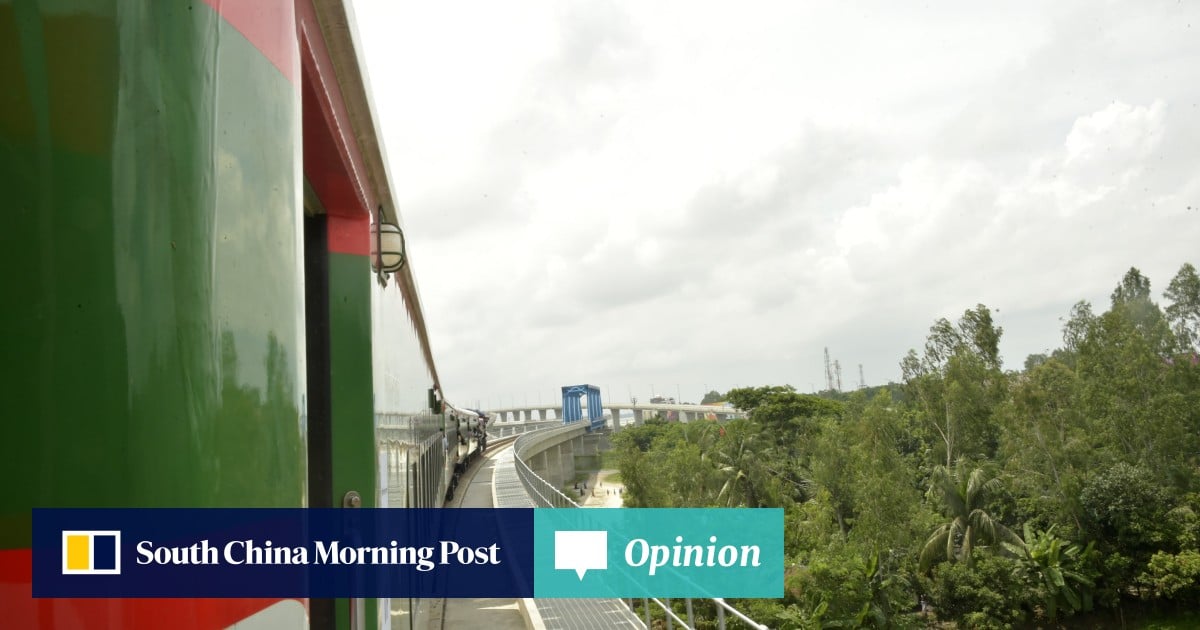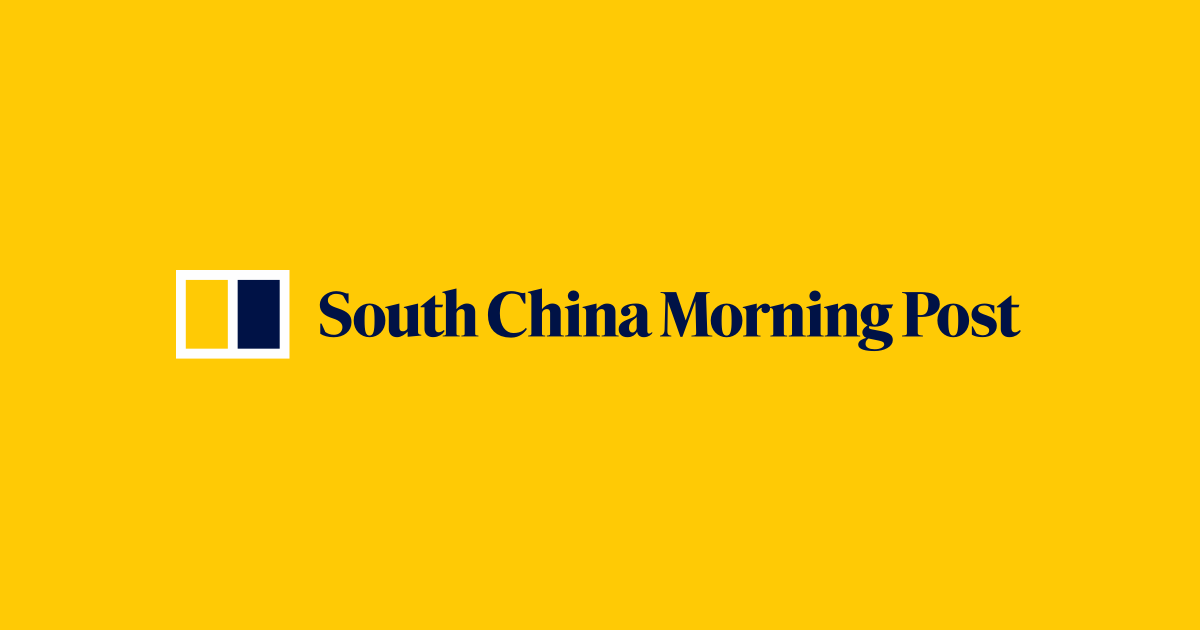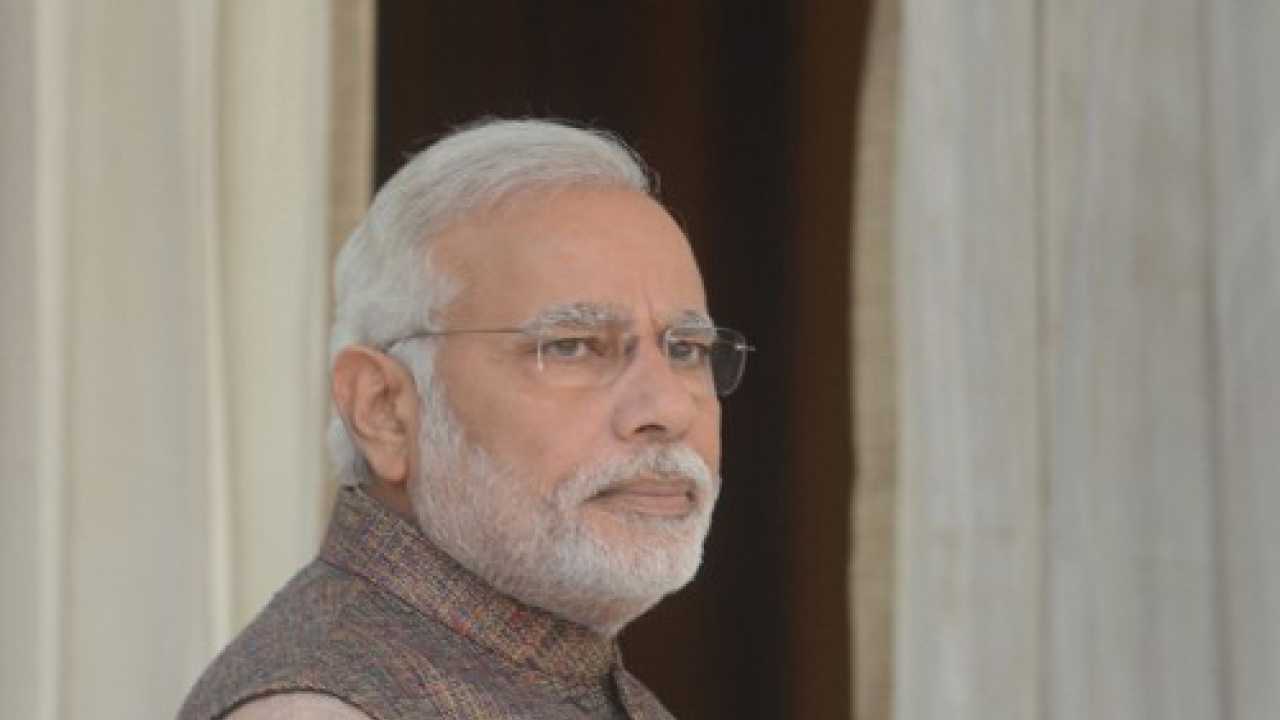
- Select a language for the TTS:
- UK English Female
- UK English Male
- US English Female
- US English Male
- Australian Female
- Australian Male
- Language selected: (auto detect) - EN
Play all audios:
Advertisement Take Christina Lu in Foreign Policy magazine in February. The headline reads: “China’s Belt and Road to Nowhere”. The initiative is “a shadow of its former self”, she says. The
“floundering initiative” has seen its lending slump and projects stall. In Apec discussions back to 2015, anyone foolish enough to mention the phrase “belt and road” would get Japanese
officials reminding you that if cheap and cheerful infrastructure was OK, then of course China-led projects might suffice. US officials would say the initiative was all to do with
underhanded Chinese efforts to develop soft power by stealth and debt-trap dependencies that “beneficiaries” would come to regret. In reality, the initiative seems to have become part of a
reshaping of relations between the traditionally rich and the traditionally poor, with the developing world’s share of global GDP rising in the process. After a decade of more than 3,100
projects across almost 150 countries amounting to more than US$1 trillion, the steadily rising importance of the Global South is becoming clear, as is China’s role in shaping it. That was
clear throughout the Belt and Road Conference held in Hong Kong last week, with large contributions from across Central Asia, the Middle East and North Africa. It will be even clearer in
Beijing next month when China’s leaders host the third Belt and Road Forum for International Cooperation. Advertisement After a decline in new projects from 2017 through the Covid-19
pandemic, the first half of this year has seen a revival, from US$35 billion in finance and investment in the first half of 2022 to US$43.3 billion in the first half this year.







